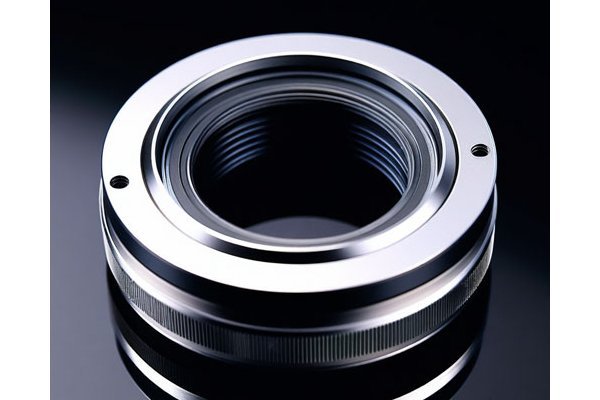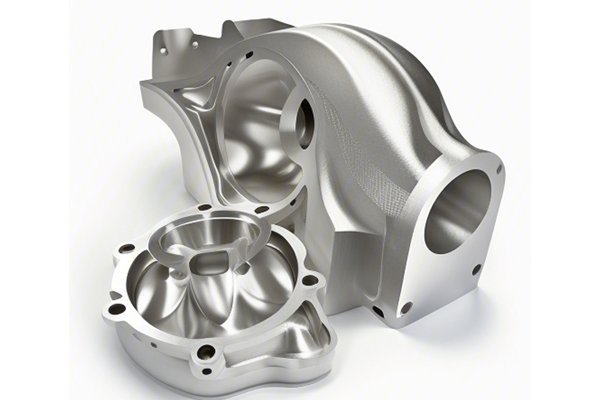Did you know that carbon fiber is five times stronger than steel yet only a fraction of its weight? This remarkable material has revolutionized industries, from aerospace to automotive and beyond. In today’s fast-paced manufacturing landscape, the ability to produce high-performance, lightweight components is more crucial than ever. Enter CNC carbon fiber machining—a technology that not only enhances production efficiency but also improves the overall quality and performance of custom parts.
In this comprehensive blog post, we’ll delve into the world of CNC carbon fiber machining, exploring its benefits, applications, and steps for optimal implementation. Let’s unlock the secrets of carbon fiber machining and discover how it can transform your custom parts production process.
Understanding CNC Carbon Fiber Machining
What is CNC Machining?
Computer Numerical Control (CNC) machining is a manufacturing process that uses computerized controls to operate machinery. CNC machining allows for unparalleled precision and flexibility in the creation of complex shapes and parts. From milling and turning to drilling and grinding, CNC machines can flawlessly execute a variety of operations based on digital models.
The Role of Carbon Fiber
Carbon fiber is a composite material made of thin strands of carbon atoms bonded together in a crystalline structure. This arrangement provides high tensile strength, rigidity, and resistance to temperature and chemical exposure. When combined with a resin, carbon fiber can form strong, lightweight parts that are ideal for high-performance applications.
CNC carbon fiber machining integrates these two technologies to create intricate, custom parts that take advantage of the unique properties of carbon fiber.
The Advantages of CNC Carbon Fiber Machining
One of the most significant benefits of using carbon fiber in machining is its impressive strength-to-weight ratio. This allows manufacturers to produce lighter components without sacrificing structural integrity. For industries where weight reductions can lead to improvements in fuel efficiency and performance, carbon fiber parts can be a game-changer.
Carbon fiber is known for its excellent resistance to wear, fatigue, and environmental factors. This durability makes it ideal for components that are subjected to high-stress conditions or severe environments, such as in aerospace or automotive applications. CNC machining can produce precision parts that withstand harsh conditions, ensuring long-lasting performance.
CNC carbon fiber machining allows for easy production of intricate designs and geometries. Engineers and designers can leverage the versatility of CNC technology to create complex parts that would be nearly impossible to achieve through traditional machining methods. This opens the door for innovative designs and custom solutions that can improve overall functionality.
While carbon fiber materials can be more expensive than traditional metals, CNC machining enables precise and efficient manufacturing processes that can reduce labor costs and material waste. When implemented correctly, CNC carbon fiber machining can lower the overall cost of production, particularly for high-volume orders of custom parts.
CNC machines operate based on preprogrammed codes, ensuring that every part produced is consistent in quality and dimensions. This high level of precision is critical for applications where even minor deviations can lead to performance failures. Manufacturers can trust that each component will meet tight tolerances and specifications.
The automation of CNC machining reduces manual labor and speeds up the production process. This efficiency translates to shorter lead times, allowing manufacturers to respond quickly to market demands and customer requests for custom parts. Faster production times can give businesses a competitive edge by enabling them to bring products to market more quickly.
Key Applications of CNC Carbon Fiber Machining
Aerospace Industry

CNC carbon fiber machining is widely used in the aerospace sector to produce lightweight and strong components for aircraft and spacecraft. From structural elements to interior fittings, carbon fiber parts contribute to fuel efficiency and performance, making them a preferred choice in modern aircraft design.
Automotive Applications
The automotive industry has increasingly embraced carbon fiber technology in pursuit of high-performance vehicles. Car manufacturers utilize CNC carbon fiber machining to create components such as body panels, chassis, and interior elements that reduce weight and enhance speed, agility, and fuel efficiency.
Sports Equipment
Products like bicycles, golf clubs, and sporting goods often incorporate carbon fiber materials due to their superior strength and lightness. CNC machining allows for the production of tailored designs that improve both performance and aesthetics, giving athletes a competitive advantage.
Medical Devices
CNC carbon fiber machining is also finding its place in the medical industry. Lightweight and durable components in medical devices, such as prosthetics and surgical tools, can enhance usability and patient comfort, making CNC carbon fiber an essential manufacturing technique.
Marine Engineering
In marine applications, the resistance of carbon fiber to salty environments makes it an ideal choice for boat construction and marine equipment. CNC machining facilitates the creation of custom parts that suit specific marine engineering requirements.
Best Practices for CNC Carbon Fiber Machining
Selecting the Right Tools
To achieve optimal results in CNC carbon fiber machining, it’s vital to choose appropriate cutting tools specifically designed for machining composite materials. Tungsten carbide bits with sharp edges can minimize wear and heat buildup, ensuring a cleaner cut and better part quality.
Adjusting CNC Parameters
Programming CNC machines requires careful adjustment of parameters such as cutting speed, feed rate, and spindle speed. These settings should be optimized for carbon fiber to prevent delamination and ensure a precise cut. Experimentation during the initial production runs can help to fine-tune these parameters for the best results.
Making Use of Dust Collection Systems
Carbon fiber machining produces fine dust particles that can be harmful when inhaled. Implementing effective dust collection systems not only maintains a clean working environment but also protects the health of operators.
Regular Maintenance of Machining Equipment
Regular maintenance of CNC machining equipment is crucial for ensuring consistent performance. Operators should conduct routine checks, lubricate moving parts, and replace worn tools as necessary to prevent downtime and maintain productivity.
CNC carbon fiber machining is a powerful solution for manufacturing custom parts that require a perfect blend of strength, lightweight properties, and precision. By understanding the advantages of this technology, industries can harness the impressive benefits of carbon fiber and CNC machining to improve product performance and innovative design capabilities.
In conclusion, embracing CNC carbon fiber machining brings numerous advantages, from enhanced durability to cost-effective production solutions. As industries continue to evolve, having a grasp of how to leverage CNC technology in carbon fiber applications will undeniably become a critical factor for manufacturers aiming for competitiveness and success.
Rethinking production strategies and considering the implications of utilizing CNC carbon fiber machining could very well put your business ahead in the race for innovation. Embrace the future of manufacturing, and consider integrating CNC carbon fiber machining into your operations for high-performance, custom-designed parts. The time to explore this transformative technology is now—don’t miss out on the opportunity to elevate your manufacturing capabilities.






